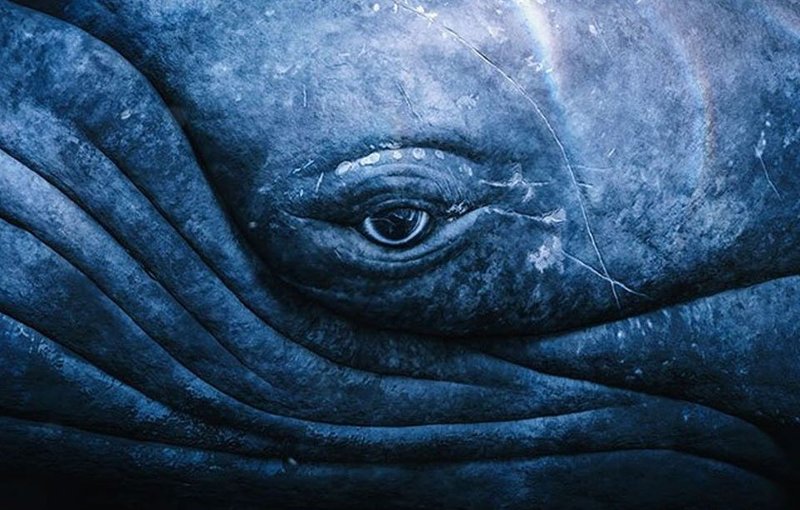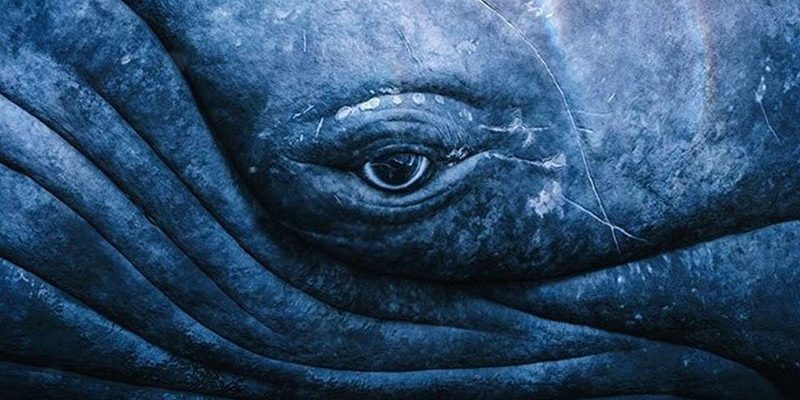
Now, let’s dive a little deeper. Imagine sitting in a cozy café, sipping your favorite drink, and chatting with a friend about these ocean titans. You might wonder about the stories different cultures tell about blue whales. From folklore to scientific exploration, these narratives can tell us a lot about how we view nature and our connection to it. Let’s explore some fascinating myths and beliefs surrounding the mighty blue whale.
Blue Whales in Ancient Cultures
Throughout history, blue whales have captured the imagination of various cultures. Indigenous peoples living along the coasts have long revered these creatures. For example, many Native American tribes viewed the blue whale as a symbol of strength and wisdom. They believed that the whale carried the spirits of ancestors, guiding them through the waters of life. This kind of respect is often echoed in stories passed down through generations.
In some cultures, blue whales were seen as messengers of change. People believed that if a whale breached the water or sang its haunting song, it was an omen predicting a shift in the seasons or the health of the ocean. These narratives highlight the deep connection these communities had with marine life. It’s interesting to think about how these beliefs have shaped our understanding of the ocean and its inhabitants.
The Blue Whale as a Symbol of Freedom
In modern times, the blue whale has evolved into a symbol of freedom and the beauty of nature. Many environmental groups use images of blue whales to raise awareness about ocean conservation. They represent the fragility of our marine ecosystems and the urgent need to protect them. Seeing a blue whale swimming gracefully through the ocean can invoke a sense of tranquility and a reminder of the world’s natural wonders.
Many artists and writers have also drawn inspiration from blue whales. You might find them in poetry, paintings, and even popular films. These creations help to spread awareness about the species and the critical issues they face, such as climate change and habitat destruction. Honestly, it’s uplifting to see how art can help bridge the gap between science and emotion, making people care about these magnificent creatures.
Folklore and Myths Surrounding the Blue Whale
Different cultures have woven their own unique myths around blue whales. In some maritime cultures, stories tell of giant sea monsters that resemble blue whales, believed to cause storms and shipwrecks. Sailors would spin tales about these creatures lurking beneath the waves, blending fear and awe. For them, blue whales were a mystery—a blend of reality and fantasy.
Another fascinating belief is that blue whales possess mystical powers. In some cultures, they are thought to be guardians of the ocean’s secrets, holding knowledge of the depths that humans have yet to uncover. This belief taps into a deeper understanding of nature, where every element of the ocean is interlinked in a tapestry of life. You might wonder how these myths evolve over time and what they reveal about human creativity and our quest to understand the natural world.
Scientific Discoveries and Cultural Misconceptions
As we’ve learned more about blue whales through scientific exploration, some cultural beliefs have shifted or even been debunked. For instance, one common myth is that blue whales are dangerous to humans. In reality, these whales are gentle giants. They primarily eat tiny shrimp-like creatures called krill. Their immense size can be intimidating, but they pose no threat to people.
Conversely, some misconceptions about their behavior persist. People often believe that blue whales are solitary animals, but they actually have complex social structures and can be seen in groups, especially during feeding seasons. This highlights an interesting contrast between scientific understanding and cultural narratives. It’s a reminder of how our perspectives on nature can be shaped by both myth and fact.
The Role of Blue Whales in Environmental Movements
Today, blue whales are at the forefront of environmental conservation efforts. Their presence in our oceans signifies a healthy ecosystem, as their feeding habits help control krill populations. Many organizations aim to protect blue whales from threats like shipping traffic and climate change. They often use blue whales as symbols in campaigns, appealing to our emotions and sense of responsibility toward nature.
In this context, blue whales serve as powerful advocates for ocean health. When we fight to protect them, we aren’t just saving one species; we’re also working to restore the balance of marine ecosystems. This connection moves beyond mere appreciation, turning into a vital call to action. The blue whale, with its majestic size and grace, reminds us of the beauty of life beneath the waves and our duty to protect it.
Cultural Beliefs Around the World
From Asia to the Americas, cultural beliefs about blue whales vary widely. In some Pacific Island cultures, blue whales are seen as embodiments of ancestors, with their songs interpreted as messages from the spirit world. These stories are often rich in detail, weaving together the natural and spiritual realms in a harmonious narrative.
In contrast, some African cultures interpret the presence of blue whales as signs of good fortune or abundance. The belief is that if one spots a blue whale while fishing, it promises a bountiful catch. This adds a layer of significance to the experience, making every sighting an event worth celebrating. It’s interesting to see how these diverse beliefs reflect the deep relationships people have with nature and the stories we create to explain our world.
The Future of Blue Whales in Our Culture
As we move forward, the cultural beliefs surrounding blue whales are likely to evolve. With the rise of technology and social media, stories about these whales can spread more quickly than ever before. This opens up new opportunities for education and awareness. Honestly, it’s a chance for people worldwide to connect over their shared love for these creatures.
As more people become aware of the challenges blue whales face, there’s potential for a stronger collective effort in conservation. The new generation might craft fresh narratives, blending ancient beliefs with modern understanding. We may start viewing blue whales not just as symbols of freedom but also as vital players in the fight against climate change. You might find yourself inspired to take action, knowing the impact that even one person can have.
In wrapping up, blue whales are more than just large animals; they embody a mix of myths and cultural beliefs that have shaped our understanding of the ocean. As we honor their legacy, we must also commit to protecting them. The stories we tell about blue whales can inspire action and foster a deeper connection with nature. So, the next time you think of these gentle giants, remember they hold a special place in our hearts and the earth’s ecosystem.

